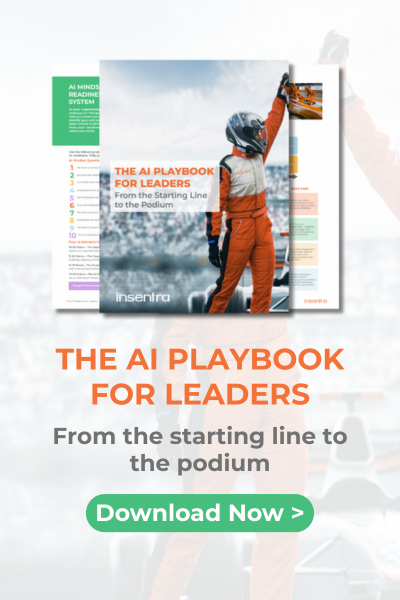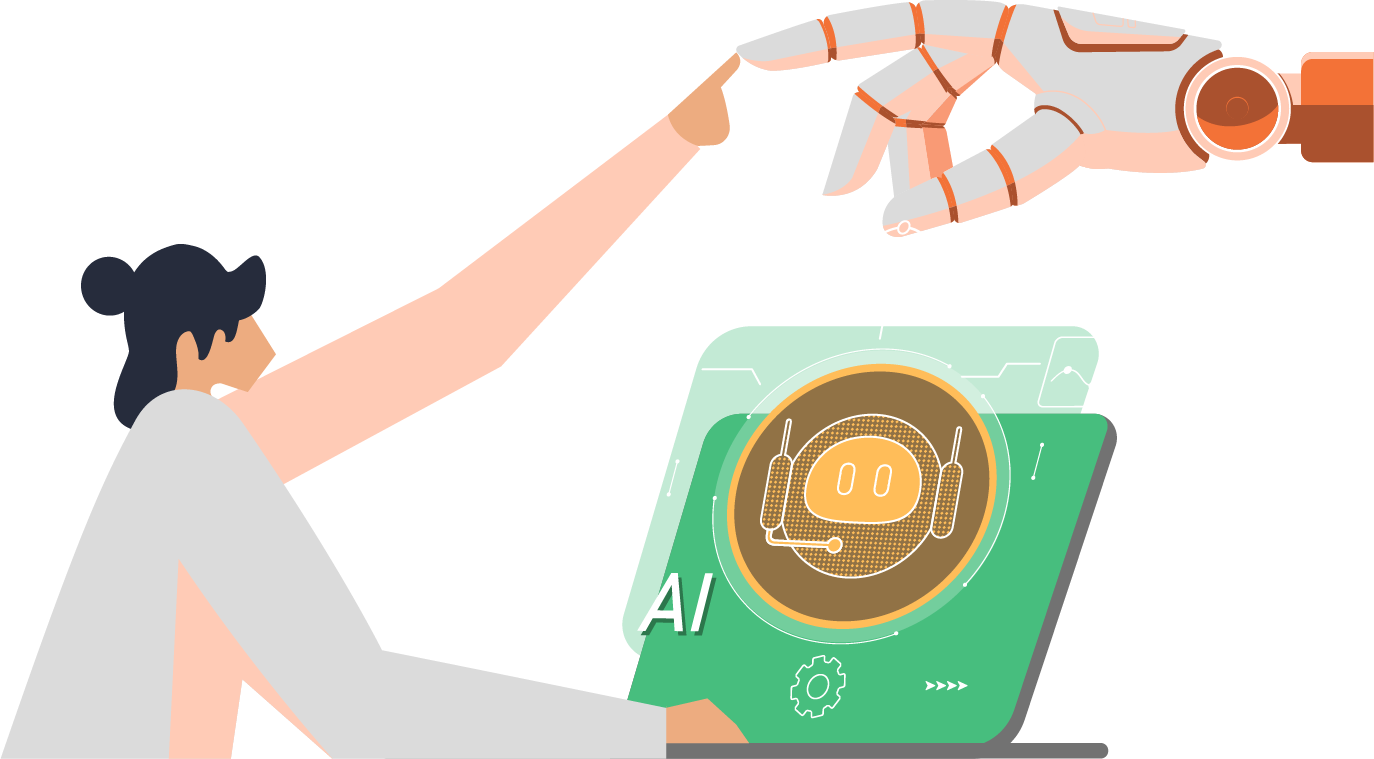As Project Managers, we’re ultimately accountable for delivering results. But let’s be clear: those results are achieved through people. Our technical skills in planning and tracking – the Gantt charts and methodologies – are crucial, but they form only one part of the equation. The other, equally vital part, is our ability to connect with, influence, and lead the diverse individuals involved in our projects. This is where our soft skills come into sharp focus, distinguishing a competent PM from a truly impactful one.
Why People Skills Are Paramount in Today’s Projects
The modern project landscape is complex. We navigate matrix structures, work with global teams, and engage with stakeholders holding a wide spectrum of expectations and cultural backgrounds. Technical proficiency alone simply isn’t enough to cut through this complexity. It’s our soft skills – our communication prowess, our capacity for empathy, and our negotiation abilities – that act as the essential binding agents, ensuring collaboration and driving projects forward effectively.
Laying the Relational Foundation During Project Initiation
The project initiation phase isn’t just about defining scope and timelines; it’s a critical window for establishing strong, trusting relationships with our clients and key stakeholders. This initial connection sets the tone for the entire project lifecycle.
- Active Listening: Truly Hearing and Understanding Client Needs. It’s not enough to just hear the words; we need to actively listen to understand the underlying needs, concerns and motivations. Asking clarifying questions and summarising their points demonstrates that we value their input and ensures we’re on the same page from the outset.
- Empathy and Understanding: Seeing the Project Through Their Eyes. Demonstrating empathy means acknowledging our clients’ perspectives and the challenges they face. Showing that we understand their business context and are genuinely invested in their success builds a strong foundation of trust.
- Clear and Concise Communication: Speaking Their Language. We must avoid technical jargon and communicate in a way that is clear, concise, and easily understandable for everyone involved. Ensuring that project objectives, scope, and expectations are articulated plainly prevents misunderstandings down the line.
- Building Trust: Acting with Integrity and Reliability. Transparency and honesty are non-negotiable. Setting realistic expectations and consistently delivering on our commitments are fundamental to building and maintaining trust with our clients.
- Setting the Tone: Projecting Professionalism and Positivity. Our demeanor sets the stage for the entire project environment. Displaying professionalism, enthusiasm and a positive attitude fosters a collaborative and supportive atmosphere.
Nurturing Relationships Throughout Project Execution
Maintaining strong relationships during the project lifecycle is crucial for navigating challenges and ensuring successful delivery.
- Regular Communication: Keeping Everyone Informed and Aligned. Proactive communication about project progress, milestones, and potential issues is vital. Consistent updates minimise surprises, build confidence and keep stakeholders engaged.
- Conflict Resolution: Addressing Issues Head-On and Constructively. Conflicts are inevitable, but how we handle them defines our effectiveness. Facilitating open dialogue and working towards solutions that address everyone’s concerns is a key skill.
- Adaptability and Flexibility: Responding Effectively to Change. The project landscape can shift quickly. Being adaptable and flexible in our approach and being willing to adjust to evolving client needs and project requirements, is essential for staying on track.
- Positive Reinforcement: Recognising and Valuing Contributions. Acknowledging and appreciating the efforts of team members and stakeholders and celebrating successes along the way, fosters a positive and motivated environment.
- Consistent Engagement: Staying Connected and Ensuring Alignment. Regular meetings and check-ins are crucial for maintaining engagement, addressing concerns proactively and ensuring everyone remains aligned with project goals.
Sustaining Relationships Beyond Project Closure
Our role as Project Managers extends beyond the final deliverable. Building and maintaining relationships post-project can unlock future opportunities and referrals.
- Project Review and Feedback: Learning and Improving Together. Conducting a thorough project review with the client and actively soliciting their feedback on what worked well and where we can improve, demonstrates our commitment to continuous improvement and strengthens the relationship.
- Follow-Up and Staying Connected: Maintaining the Link. Maintaining contact even after the project concludes, perhaps by sharing relevant industry insights or updates, keeps the connection alive.
- Expressing Gratitude: Acknowledging Their Partnership. Sincerely expressing appreciation for the client’s partnership and collaboration reinforces the positive experience.
- Offering Ongoing Support: Being a Continued Resource. Being available to answer any post-project questions or provide ongoing support demonstrates our commitment to their long-term success.
- Seeking Testimonials and Referrals: Leveraging Success for Future Growth. When a project is successful, don’t hesitate to ask for testimonials or referrals to help expand our professional network.
Top Soft Skill Strategies for Exceptional Client Engagement
- Prioritise Active Listening: Move Beyond Hearing to True Understanding. Make a deliberate effort to truly understand your client’s needs, concerns, and underlying motivations. This demonstrates that you value their input and are fully committed to their success.
- Why it’s essential: When clients feel heard and understood, it fosters a sense of value and builds a strong foundation of trust, demonstrating our commitment to their objectives.
- How to improve:
- Practice attentive body language: Maintain eye contact, nod, and lean in to show engagement, while minimizing distractions.
- Ask open-ended questions: Encourage clients to elaborate with “What,” “How,” or “Why” questions.
- Paraphrase and summarize: Restate their points to confirm your understanding (“So, if I understand correctly…”).
- Minimize interruptions: Allow them to finish speaking before responding.
- Focus on non-verbal cues: Pay attention to tone, facial expressions, and body language for deeper understanding.
- Practice reflective listening: Acknowledge the emotional content of their message (“It sounds like you’re frustrated by…”).
- Actionable Exercise: In your next client meeting, consciously focus on active listening and reflect afterward on areas for improvement.
- Communicate Transparently and Frequently: Building Trust Through Openness. Keep clients consistently informed about project progress, challenges, and key milestones. Regular and open communication is the bedrock of trust and prevents misunderstandings.
- Why it’s essential: Clear and consistent communication manages expectations, prevents surprises, and cultivates a strong sense of trust.
- How to improve:
- Establish a communication plan: Define frequency, methods, and content from the project outset.
- Provide regular updates: Keep clients informed of progress, milestones, and potential challenges.
- Use clear and concise language: Avoid technical jargon.
- Be proactive in addressing issues: Communicate potential challenges early and collaborate on solutions.
- Document everything: Maintain records of conversations, decisions, and action items for transparency and accountability.
- Choose the right medium: Use written communication for important information and phone calls for quick updates.
- Actionable Exercise: Review your current client communication practices and identify areas where you can enhance transparency and frequency.
- Cultivate Empathy and Build Rapport: Connecting on a Human Level. Strive to understand your client’s perspectives and the challenges they face. Demonstrating genuine interest in their business and establishing a strong personal connection builds lasting rapport.
- Why it’s essential: Empathy allows us to understand and appreciate the client’s viewpoint, fostering a stronger connection and building solid rapport.
- How to improve:
- Put yourself in their shoes: Try to understand their challenges, concerns, and motivations.
- Show genuine interest: Ask about their business, goals, and concerns, demonstrating that you care about their success.
- Acknowledge their feelings: Validate their emotions and show understanding.
- Find common ground: Identify shared interests or experiences to build a personal connection.
- Be respectful and courteous: Maintain professionalism even in challenging situations.
- Practice emotional intelligence: Be aware of your own emotions and their impact on interactions.
- Actionable Exercise: Before your next client interaction, take a moment to reflect on their perspective and potential challenges.
- Be Proactive in Conflict Resolution: Addressing Issues Promptly and Constructively. Don’t let conflicts fester. Address them early and work collaboratively to find mutually agreeable solutions.
- Understanding the Nature of Conflict: Recognise that conflict is inevitable and can even be a source of innovation. Learn to distinguish between different types of conflict (task-related, relationship-based).
- Early Detection and Intervention: Pay close attention to subtle signs of tension or disagreement in communication patterns and body language. Schedule regular check-ins to create a safe space for open communication.
- Developing Conflict Resolution Skills:
- Active Listening: Ensure everyone feels heard and understood.
- Facilitation: Guide discussions toward productive solutions while remaining neutral.
- Mediation: Help parties find common ground in complex conflicts.
- Problem-Solving: Focus on the root cause and generating mutually acceptable solutions.
- Creating a Culture of Open Communication: Encourage direct and respectful communication of concerns and establish clear guidelines for conflict resolution, leading by example.
- Actionable Steps: Implement regular team meetings for raising concerns, practice conflict resolution scenarios through role-playing, and seek training in conflict resolution techniques.
- Deliver on Promises and Exceed Expectations: Building Credibility and Strengthening Relationships. Consistently deliver high-quality work and look for opportunities to go the extra mile. This builds credibility and strengthens client loyalty.
- Setting Realistic Expectations: Avoid overpromising, clearly define scope and timelines, and document all agreements.
- Consistent Delivery: Establish clear processes, monitor progress closely, and maintain open communication about progress.
- Going the Extra Mile: Look for opportunities to add value, anticipate client needs, provide exceptional service, and focus on high-quality deliverables.
- Seeking and Incorporating Feedback: Actively solicit feedback and use it to drive continuous improvement.
- Actionable Steps: Implement a system for tracking promises, conduct regular project reviews, and foster a culture of continuous improvement.
In Conclusion: People First, Projects Second
Ultimately, successful project management hinges on our ability to build and nurture strong relationships. While technical skills provide the framework, it’s our soft skills that truly drive collaboration, mitigate risks, and ensure client satisfaction. Remember, projects are fundamentally about people, and by prioritizing these interpersonal skills, we can consistently deliver exceptional results and build lasting, mutually beneficial partnerships. These “soft” skills aren’t just desirable; they are the bedrock of a strong professional brand and the key to long-term client loyalty.
At Insentra, we empower project managers to lead with people-first strategies, enhancing collaboration and delivering outstanding results. Whether it’s fostering better communication or resolving conflicts effectively, our expert team helps you master the soft skills that drive project success. Contact us today to transform your project management approach and achieve lasting impact.











